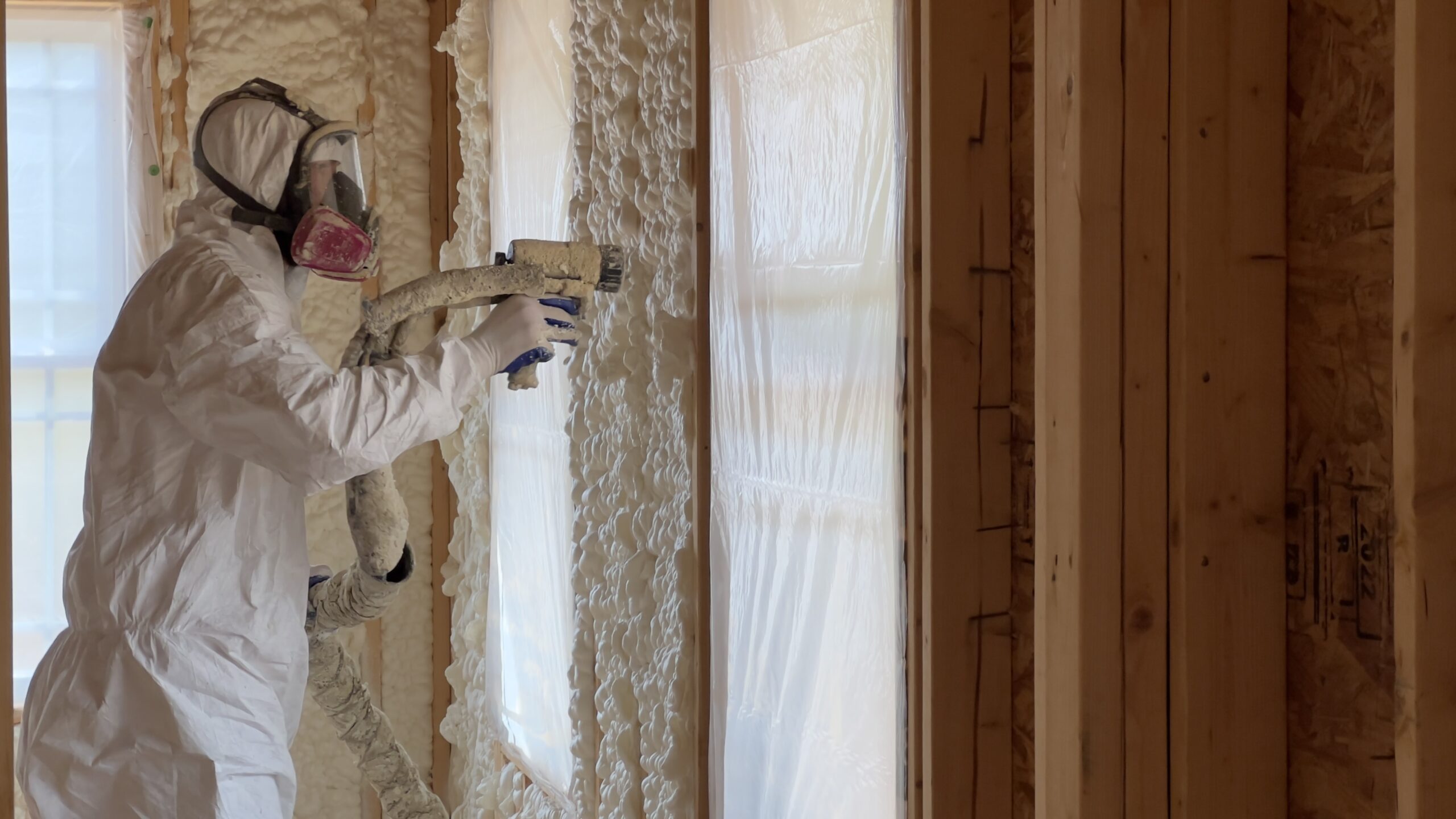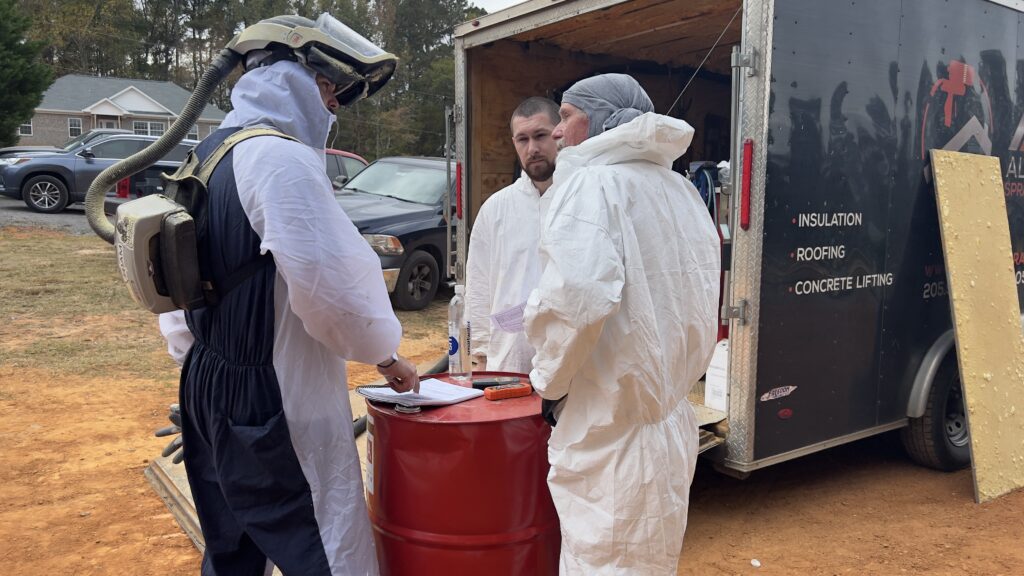 As we begin to transition from winter to spring, it is a great time to discuss how changing temperatures—specifically from cold to warm—can affect spray foam application. Because warmer months are typically better for spray foam application, your business is bound to pick up, and as it does, be sure to keep these temperature-specific guidelines in mind!
As we begin to transition from winter to spring, it is a great time to discuss how changing temperatures—specifically from cold to warm—can affect spray foam application. Because warmer months are typically better for spray foam application, your business is bound to pick up, and as it does, be sure to keep these temperature-specific guidelines in mind!
Warming Weather & Spray Foam
When it comes to applying spray foam in warmer weather, there are several different factors to consider. Not only do we need to be aware of the ambient temperature of the area we are spraying and the temperature of the substrate we are applying to, but we also need to consider how these warmer temperatures will affect our equipment. Below are some quick tips and information about each of these distinct factors.
Know the Room Temperature
The most highly considered temperature-related factor in spray foam application is the ambient temperature—or the temperature of the air in the room or space you will be spraying. It is good to keep in mind that spray foam manufacturers may have different formulations of their products depending on the ambient temperature range you will be spraying in. Accufoam®, for instance, provides different formulations for these changes in the environment. Be sure to refer to your manufacturer’s recommendations to get the right formula for the right conditions.
Consider the Material You are Spraying On
The second most highly considered temperature-related factor in spray foam application is the substrate temperature—or the temperature of the surface to which you will be applying the foam. For example, while the ambient temperature in an attic may be 105º F, the substrate temperature could be higher on a sweltering day. Substrate temperatures can affect yield and adhesion, so it is important to take temperature readings of the substrate in multiple locations to make sure you are using the correct seasonal blend. Your clients will thank you, and it can help reduce callbacks.
Creating a Consistent Application
When applying spray foam insulation, the temperature of your drums, totes, tanks, hoses, and of the material coming from the gun matter. These temperatures will vary based on what type of foam you spray—whether it be open-cell insulation or closed-cell. Refer to your machine’s manual to understand the Delta T based on the flow rate and chamber size that your equipment is capable of. For example, if you want to spray at 135ºF and your machine with a 02 chamber has a 40ºF Delta T, the material in the drum needs to be 95ºF to get to 135ºF. Open-cell insulation typically needs components heated to the 120º-140º F range, including your hose. Closed-cell applications require a slightly lower temperature—between 110º-130º F. Work your way from the drums/tanks and ensure desired temperatures out to your gun. Consider each portion of your setup in creating a consistent application temperature:
- Drum storage temperature (store at 70º-80º)
- Drum temperature on-site
- Your proportioning pump settings: PSI, Temp, and flow rate—the higher the flow rate, the less time spent in the heat of the equipment/hoses
- Your hose length and heat. Also, consider how well-insulated the hose is and what it is lying on. Is it in the cold snow or baking on a blacktop driveway?
- Chamber size—this affects the flow rate mentioned previously.
- The actual temperature and pressure at the gun—you can use a meat thermometer to spot-check the heat of the liquid weekly to verify that you are achieving the desired temperatures.
- The substrate temperature, relative humidity, substrate moisture, and ambient temperature.

How Hot is Too Hot?
As spring progresses, temperatures will continue to rise, which raises the question, “How hot is too hot to spray foam insulation?” Well, higher temperatures increase the rate of pressure in your canisters/tanks. This can create flow and control issues. If temperatures are too high, the substrate’s bond time is shortened. Typically, 120º F is the “in the field” maximum temperature for spray foam insulation. Theoretically, 180º F is the absolute maximum; however, foam sprayed in temperatures this high will likely experience yield, application, and curing issues.
Reliability and Confidence
Accufoam® was developed with demanding temperature applications in mind. Our USA-based team tests every batch of our products at our Birmingham, Alabama facility. We rigorously test in numerous conditions, from the Alabama heat and humidity to sub-freezing cold, to ensure our foams perform on your job site, regardless of your location or the season. We test to ensure you get a consistently high yield without worrying about clogs, separation, or lamination. Our contractors know what a superior product means for their bottom line: better yields, less downtime and clogs, and excellent adhesion and cohesion. Plus, Accufoam® has the best customer support in the business. Stop struggling with inconsistent foams and start enjoying the precision and control that Accufoam® provides. Contact us today!
In addition to the information detailed above, you can also join and consult great industry/trade organizations for best practices, too!


